
matei campan
-
Posts
405 -
Joined
-
Last visited
Content Type
Profiles
Forums
Articles
Gallery
Downloads
Events
Posts posted by matei campan
-
-
Double horn there's also Nimba.
yes, but he asked about a London pattern and I see Rhinos as improved London Pattern - they have the step, the cutting area, the hardy andthe pritchel hole the same. the Nimbas are Italian pattern anvils.
-
why London pattern?
an "improved" London pattern (has a second horn, something between a london pattern's heel and continental double horned pyramidal horn) are the Rhino anvils, American made. the improvement is the narrowing heel, which lacks so much on the London pattern anvils. another plus is the conical horn. but, if I would live in the US and look for something new, I'd go for the Peddinghaus as first choice. once you have worked on a double horn anvil, you couldn't live without anymore.
-
Your work is always so nice. please tell me the welds underneath are arc welds so I can sleep a little easier....
yes, they are arc welded. unfortunately it had to have a surface as flat as possible, if not, I would use a collar to keep the "petals" together, or other nicer solution, but the functionality first
-
the tips go into the frame and the sides are welded underside. all the welds are under.
-
-
thank you. the most difficult wasn't to shape the elements, but to make them simmetrycal, left-right, up-down forging them absolutely free hand. even to me is hard to remember exactly how I did it.
-
I can't see your set-up with the eyes of my mind, but I think you can try to fit some wood on the sides/voids of the I-beam, bolted or maybe better "glued" with silicone. that will kill the noise from the beam. if your anvil is bolted tight to the beam, it will be quieted also.
-
I'm not talking just about the resulting state of the forged surface, but the complexity of the shape itself, which far surpass the functionality needs. they were not making just tools, but beautiful tools.
every day while in the workshop I admire and meditate about the amount of skill and work invested in the making of my "pig" double horned anvil. and that is a later anvil, which belongs to the industrial revolution, but there's still more than needed into that.
-
in that era, the blacksmiths were so good that their work could seem cast.
-
Charles, even now there are people who would be more than happy to forge on something like this.
that shape is quiet good, it's almost like a horned anvil. I don't know how it works with the stump, but maybe if It would be "cast" into a concrete block, it would gain some more efficiency. even after you'll have a "real" anvil, that piece will be a very useful complement to it, especially because the london pattern anvils miss the second pyramidal horn.
with that setup, someone could make little charming items, sell them and make money for a real anvil in no time, let's say 20-30 bottle openers to sell for 10-15$ and you'll be able to buy a very nice anvil.
-
My brother-in-law must like me (no idea why) but he just brought me this from his father's estate: A 102 pound Trenton. Has about 70% rebound using a ball bearing.
I hit it with a wire brush and put it on a temp mount to give it a try. Works great and I'm in love with it already. Isn't she beautiful?

It has a serial number but I got so excited I didn't bother to look nor honestly do I care when it was made. It's mine now to love and work

what a brother-in-law! and what an anvil!
is that some rubber under the anvil? I don't think that's a good idea, neither the piece of plank with the grain running horizontally - especially under a relatively light anvil, those will absorb the energy making your hammering less effective. it looks that you have a pine stump as base, a wood which is already on the light side. you can increase your efficiency by bolting your anvil directly on the stump. the vertical grain is less dampening than the horizontal one. if the plank piece is for height adjustment, is better to put it under the stump, but it's better without. the best is to get a hardwood stump (heavier) for that anvil. I have a ~70lb anvil which was installed on a heavy oak stump and it was quiet effective when used. when I got a bigger/heavier anvil, I moved the little one on a walnut stump and installed the big one on the oak one. the walnut stump was adjusted in height by adding three pieces of pinewood (~2inch thick). the difference is quiet noticeable.
-
there are anvils made without horn from the beginning. a knife-maker could chose this one instead of a "horned" one...
-
hello
here is a Dacian "falx" replica, made for a reenactor friend. the blade is made after the measurements and look of a blade found in the history museum of my home-town. I had to figure out the handle. this weapon was a two handed weapon. so I imagined the handle in a way that was confirmed later by a picture of an image found on Trajan's column in Rome, a column covered with scenes depicting the war of the Romans vs Dacians. the blade is around 55cm long. the handle is wild pear wood with iron bolster and end cap.
and here's the Trajan's column photo
-
that's not a technique that I invented - I just had to figure how it works and pushed it some little more, maybe (or not)
-
thank you!
I promise. just check the others categories, too.
-
It's good when people remembers your other work

thanks!
-
the starting material - 14/14mm square stock. yes, the central piece is welded and the welded area is then forged to have the same texture as the rest. the area was thicker to have material to be forged down to the shape.
-
next time i'll make something similar, i'll take photos. I already made several ones with that upset running down the tang, but I lost the pictures (they are on a hard disk drive of a broken computer, have to recover them). I have another one in progress, I just have to complete the sheath...
-
@ Thomas - from over 20 years I've wanted to make a touchmark, but being a perfectionist I haven't find the perfect design yet, to be content of, so no touchmark, unfortunately. I just sign my knifes by etching my signature when it's possible. I know that's not good for me. I see many who just touched the metal twice and have touchmarks, websites, appear on tv, etc... self promoting first, then maybe some craft.
Yes, symmetry was a pain in the ass, as the pieces were made freehand, but the most difficult (always) was to find the design - the creative part. no matter how hard you force yourself, the inspiration comes when it wants. well you can summon it somehow by trying again and again, forget about it for a while, then try again. of course, you can just "throw something" more or less lousy (I know many ho do it like this) and many people/customers may like it, you know - "it's handmade", it's "artistic", it's "rustic", and so on. I cannot make something that's not up to my demands. first of all it's me who has to be satisfied. It doesn't always payback financially, at least not for immediately, but promotes you.
-
-
-
thank you, I'm maybe a "designer", but I was trained as a sculptor in the university and a graphic designer in the fine-arts high school (in the pre-computerized graphic design era, when the fonts where drawn by hand, etc.), but I like metal working so much, rather than "classic" sculpture. I'm a designer in the way I prefer to make useful things rather than "pure art".
-
-
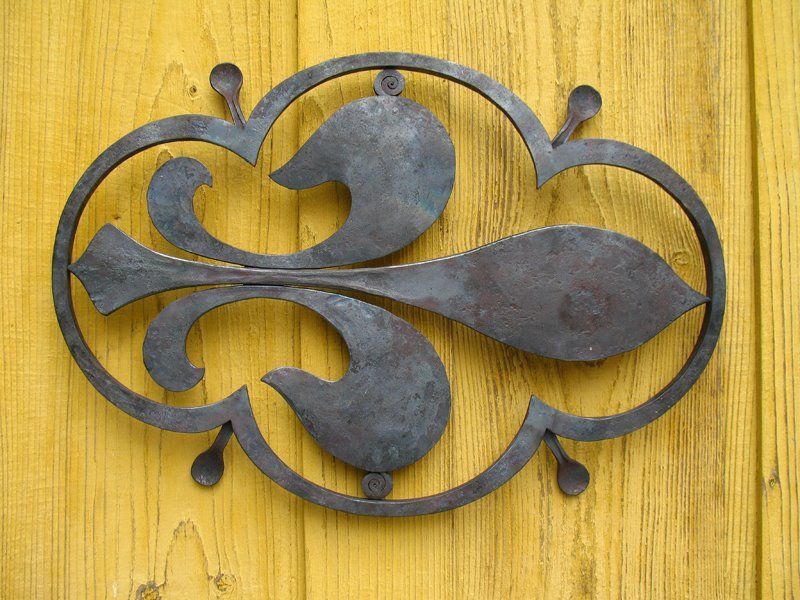
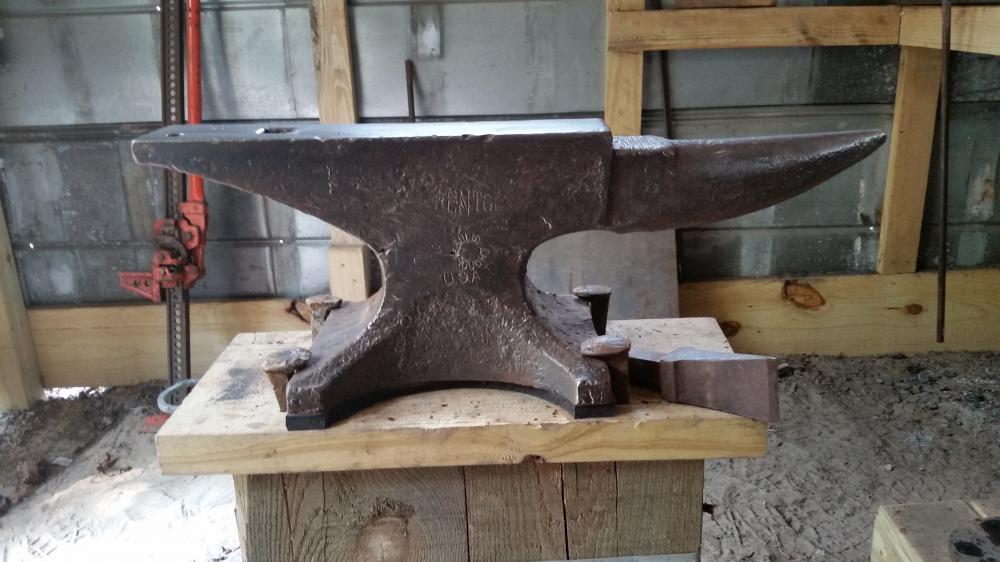
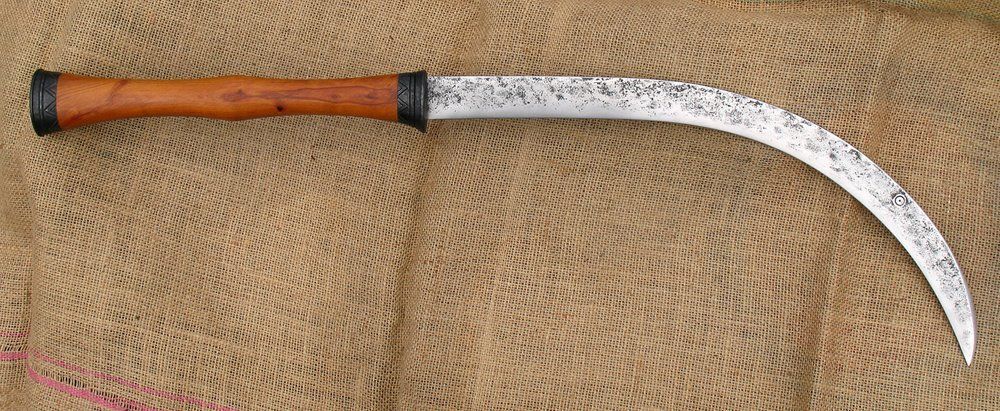
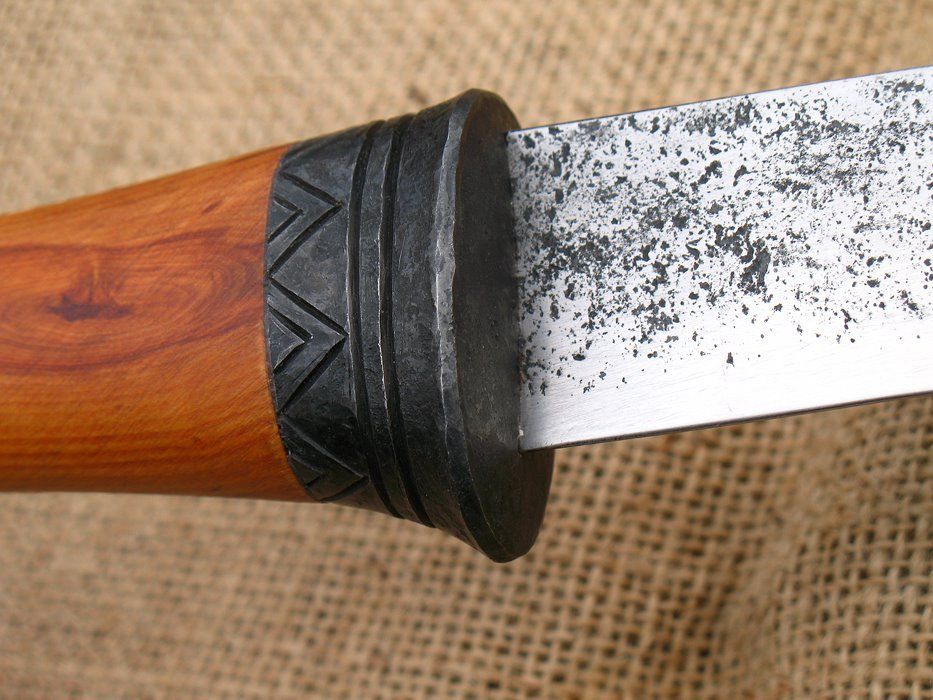
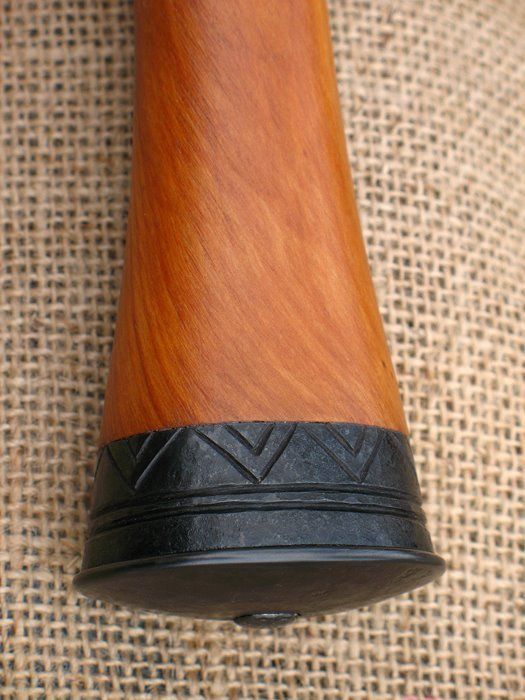
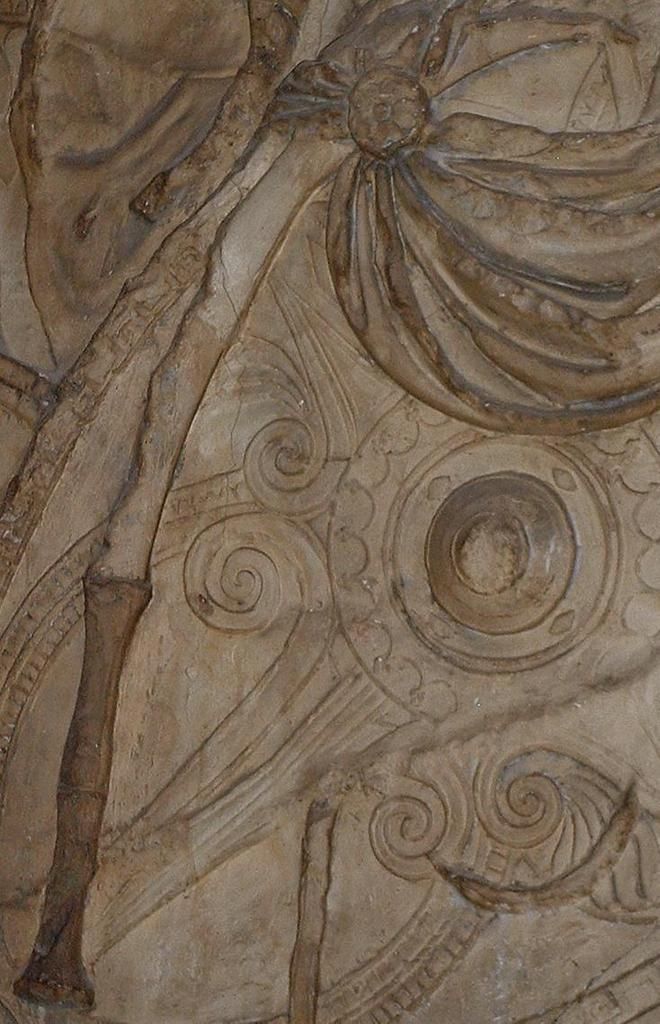
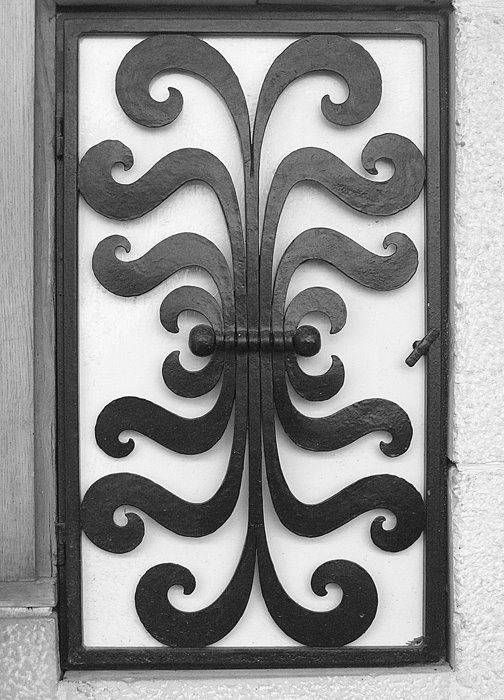

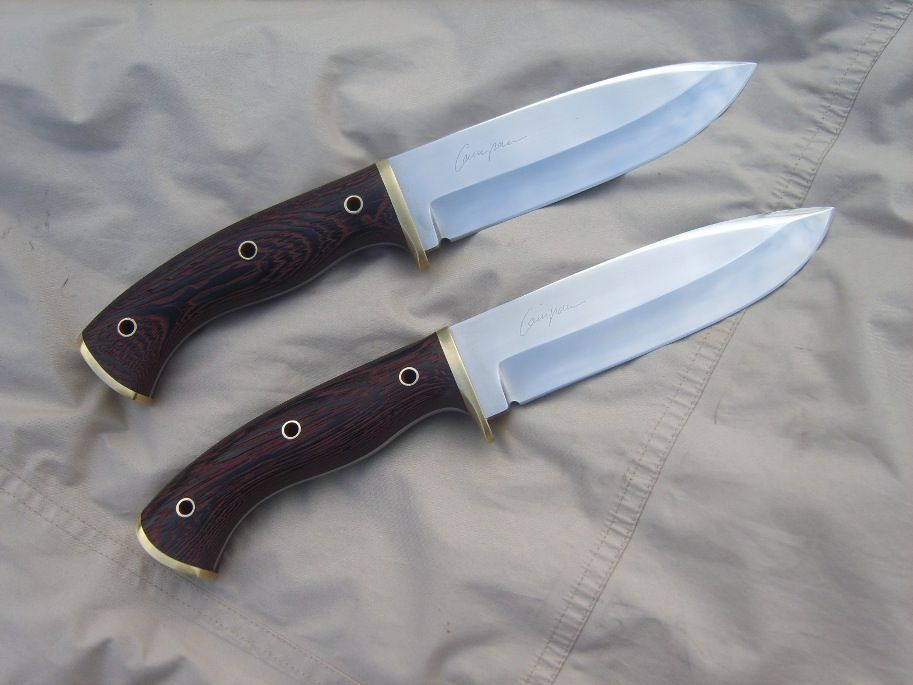
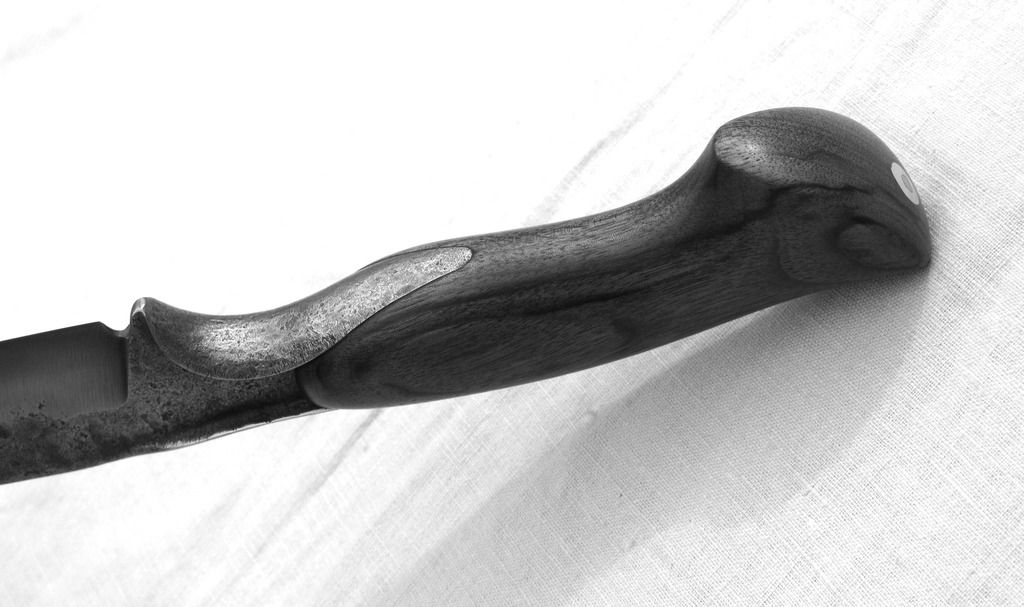
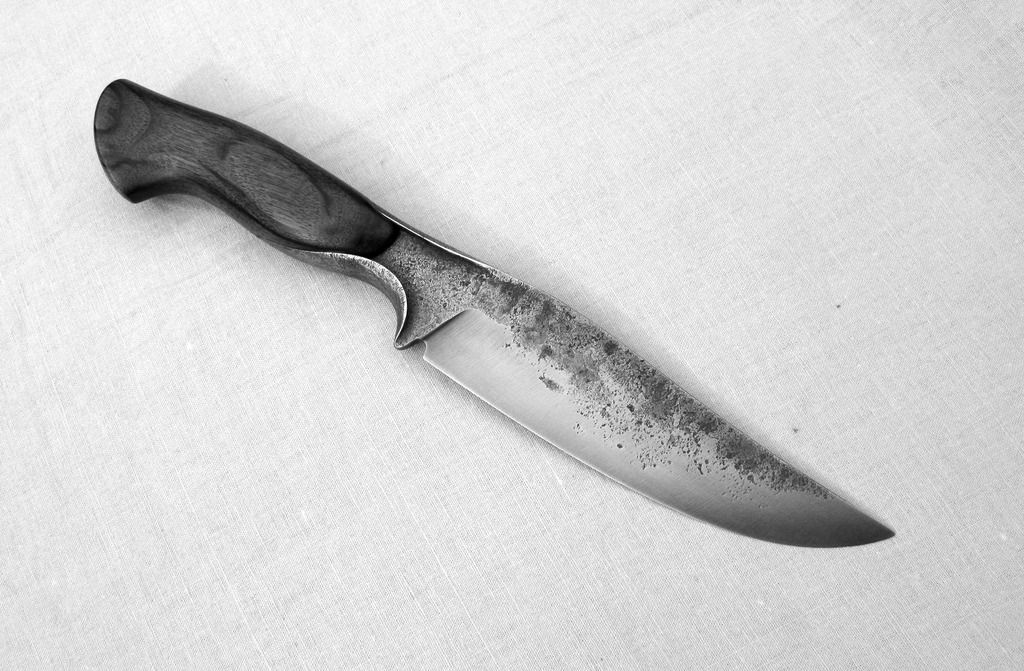
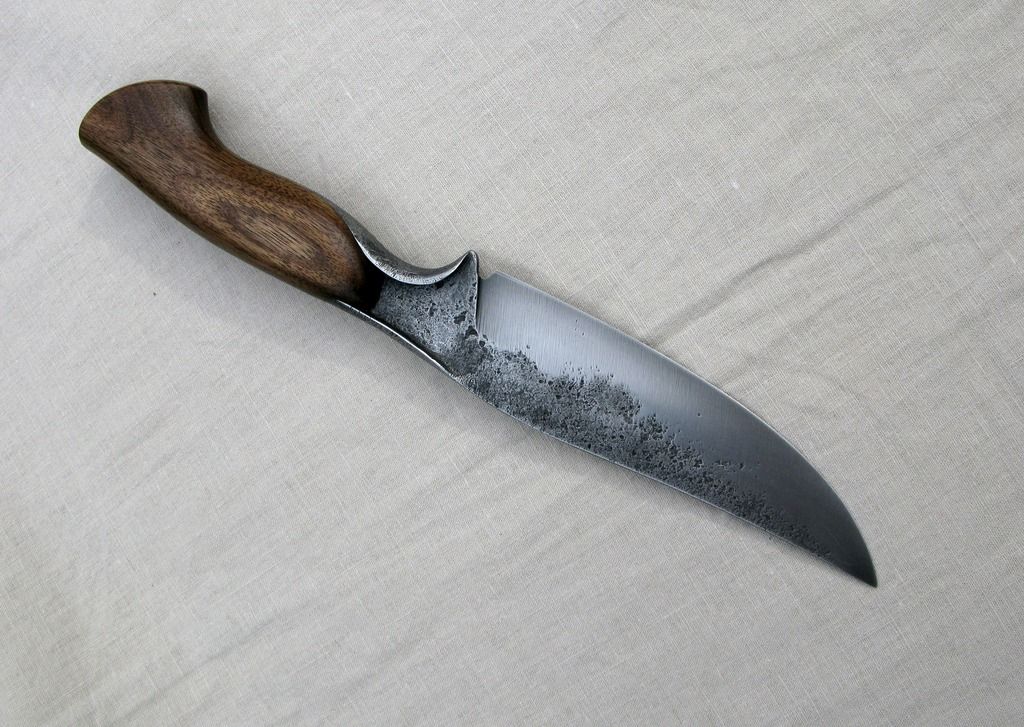

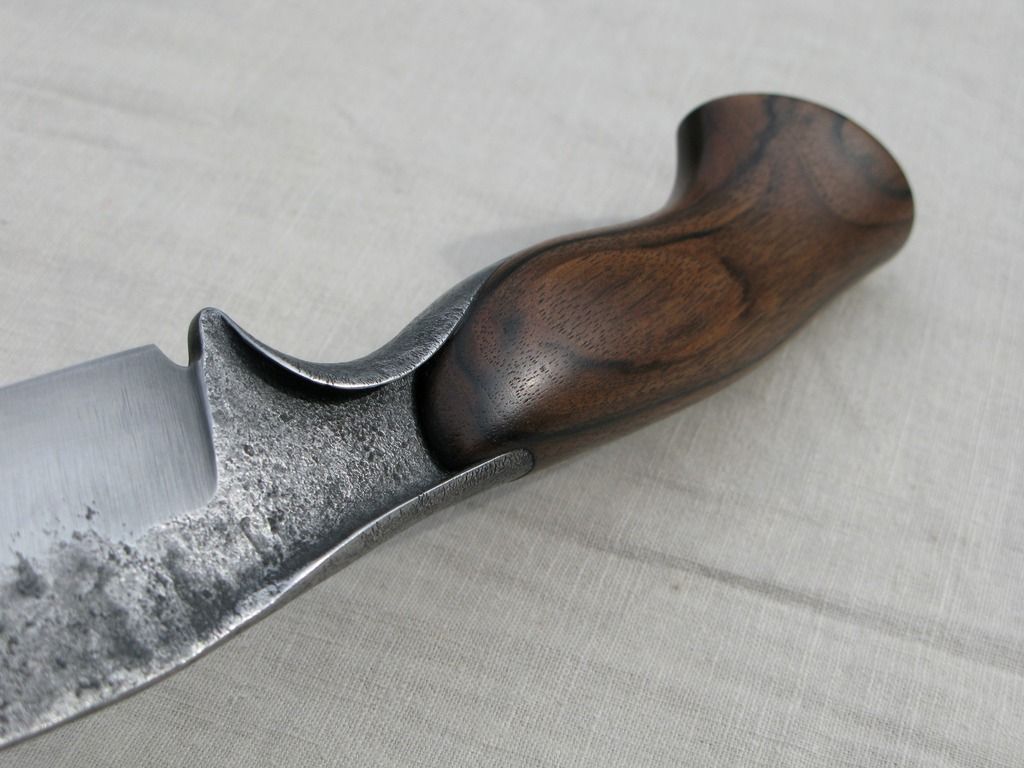
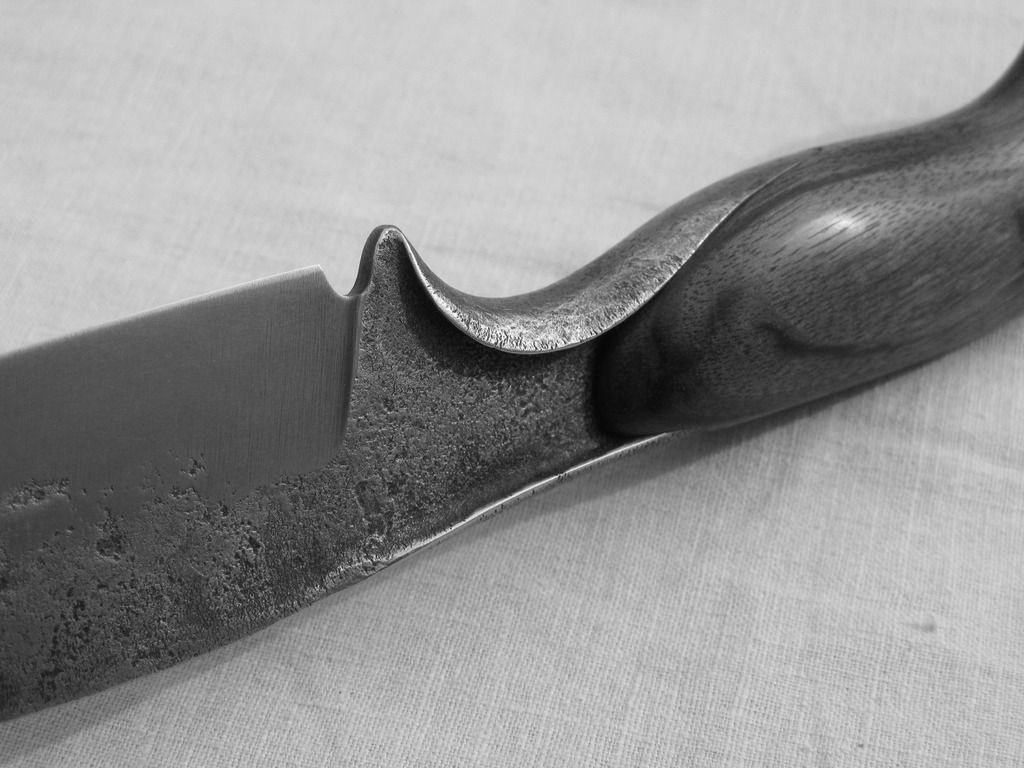
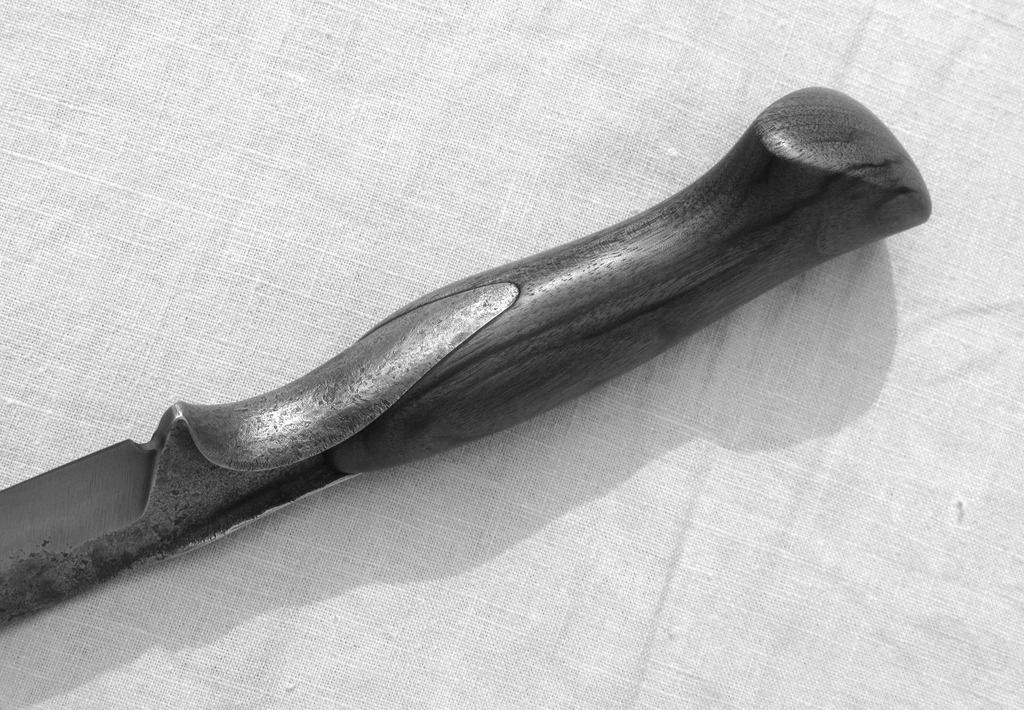
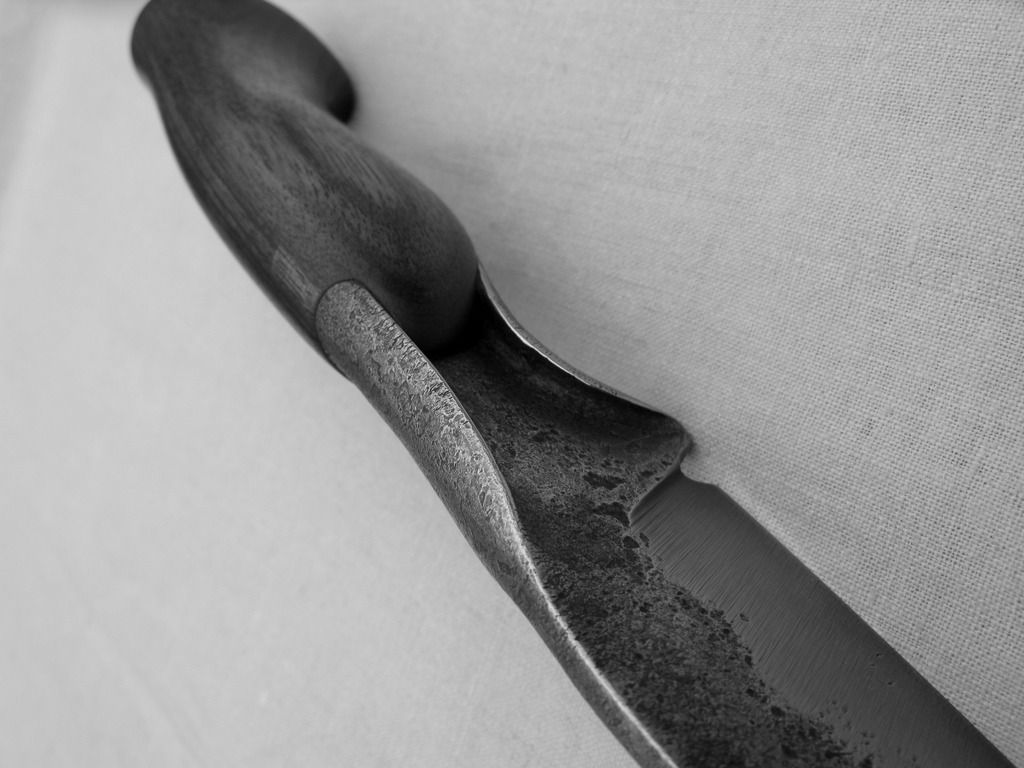
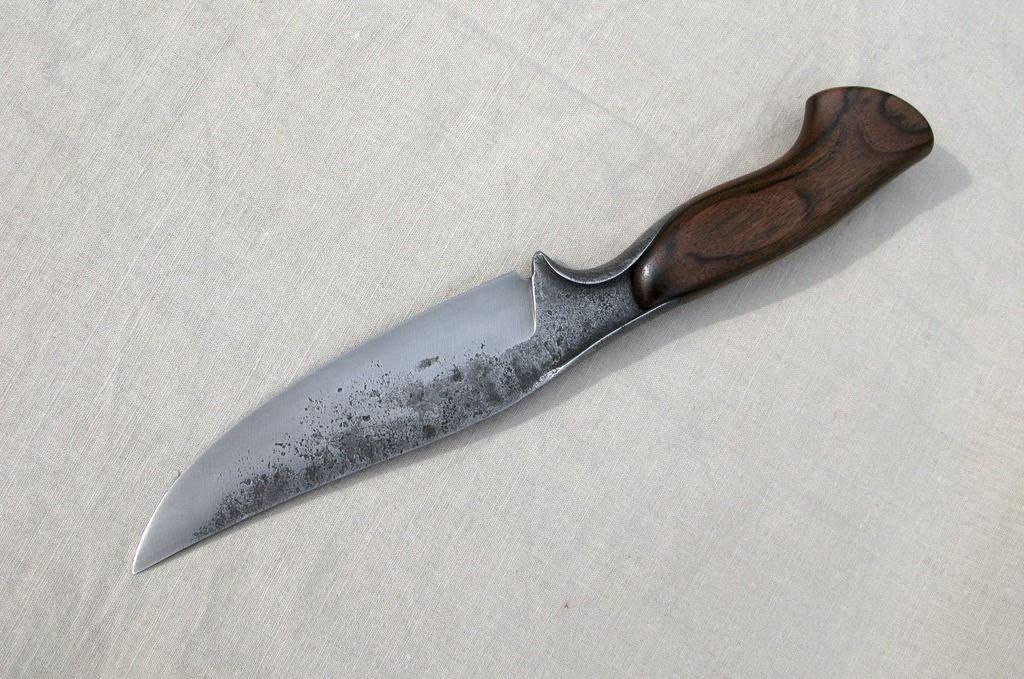

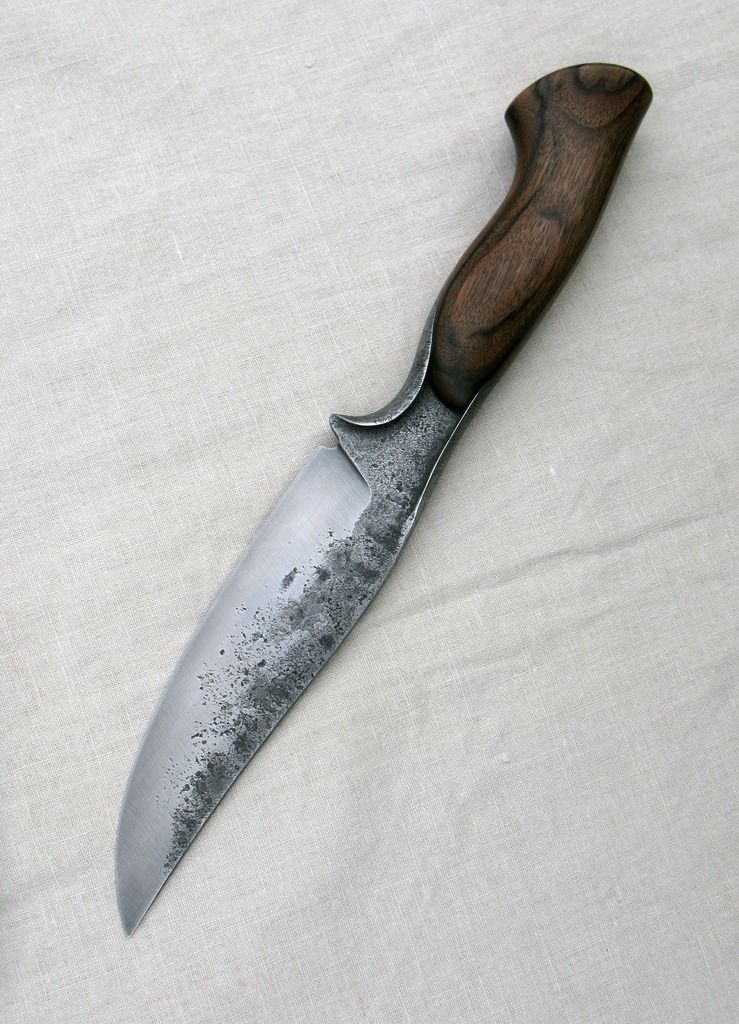

Bought an Anvil...Too Heavy?
in Anvils, Swage Blocks, and Mandrels
Posted
you could for sure forge a sword on a 70 lb anvil, I did several, with no problem. don't forget what the anvils were in the time of the swords - just rather small stake anvils. and look at those japanese anvils used by traditional sword-smiths. with a proper base, you'll have a good and enough effective anvil. and double horned :)